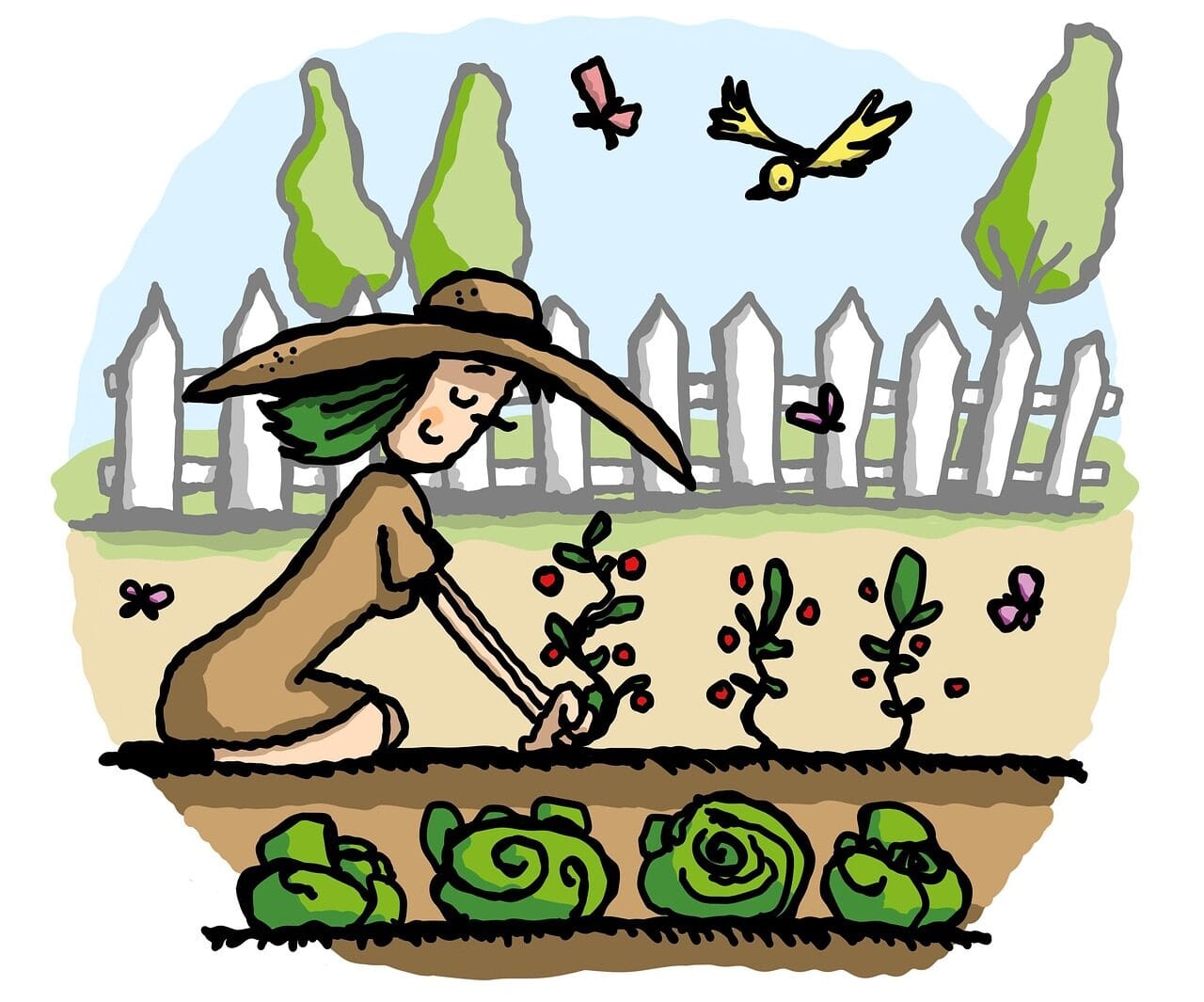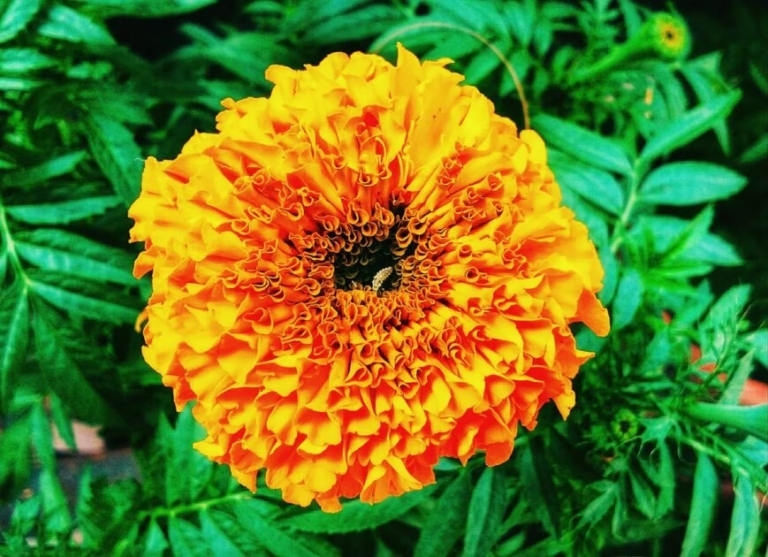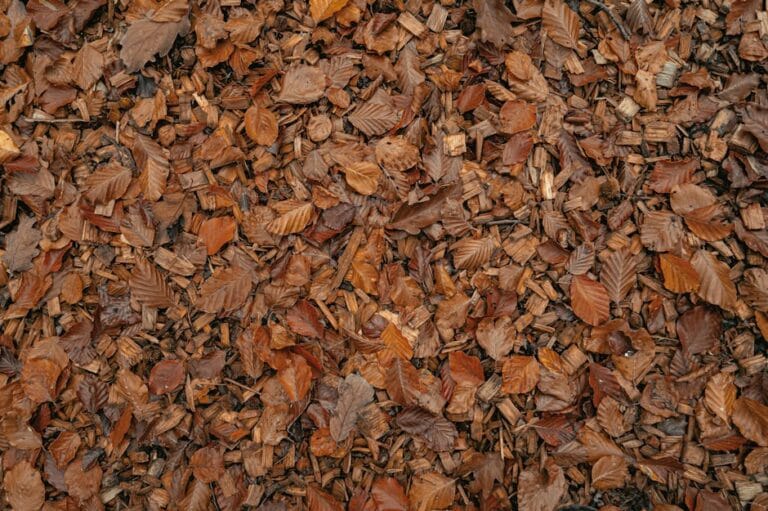Outdoor Yard gardening in 2026

Yard gardening can transform your outdoor space into a colorful oasis, but it requires thoughtful planning and execution. By following these essential tips, you can set the foundation for a successful and flourishing garden that will be the envy of your neighborhood.
Assessing Your Yard
Before you start planting, take the time to assess your yard’s unique characteristics. Observe the amount of sunlight different areas receive throughout the day and identify any shady spots. Note the soil type and drainage patterns. This assessment will help you make informed decisions about plant selection and garden layout.
Choosing the Right Plants
Selecting the right plants is crucial for a thriving yard garden. Consider the climate and weather conditions in your area, as well as the specific needs of different plant species. Opt for native plants that are well-suited to your region, as they will require less maintenance and be more resilient against local pests and diseases.
Preparing the Soil
Healthy soil is the foundation of a successful garden. Test your soil’s pH levels and amend it with organic matter if necessary. Well-draining soil with a balanced pH will provide the nutrients necessary for plant growth and development.
Providing Adequate Sunlight
Most plants require an adequate amount of sunlight to thrive. When planning your garden layout, ensure that sun-loving plants receive direct sunlight for the recommended hours each day. Conversely, place shade-loving plants in areas with limited sun exposure.

Watering Wisely
Proper watering is essential to prevent both underwatering and overwatering. Deep and infrequent watering encourages plants to develop strong root systems. Consider using a drip irrigation system or a soaker hose to deliver water directly to the plant’s roots.
Mulching for Moisture Retention
Mulching around your plants helps retain moisture, regulate soil temperature, and suppress weed growth. Organic mulches like wood chips, straw, or compost can provide these benefits while also enriching the soil as they decompose.
Pruning and Trimming
Regular pruning and trimming are essential to maintain the shape and health of your plants. Remove dead or diseased branches to promote new growth and improve air circulation within the plant.
Controlling Pests and Diseases
Pests and diseases can quickly wreak havoc on your garden. Identify common garden pests in your area and implement preventive measures. Introduce natural predators like ladybugs or praying mantises to control certain pests. Additionally, practice good garden hygiene to reduce the risk of disease spread.
Composting for Sustainable Gardening
Composting is an eco-friendly way to recycle kitchen and garden waste while enriching your soil. Start a compost bin and add fruit and vegetable scraps, coffee grounds, eggshells, and yard clippings. Over time, you’ll have nutrient-rich compost to nourish your plants.
Fertilizing the Plants
While healthy soil provides essential nutrients, some plants may benefit from additional fertilization. Use organic fertilizers or create compost tea to give your plants a nutrient boost without harming beneficial soil organisms.
Seasonal Care and Maintenance
Gardening is a year-round endeavor. Different seasons bring various challenges and opportunities. Be prepared to adjust your gardening practices based on seasonal changes, such as adjusting watering schedules, protecting plants from frost, and planning for seasonal blooms.
Container Gardening for Limited Spaces
If you have limited yard space or live in an apartment, container gardening is an excellent option. Use containers of various sizes to grow herbs, vegetables, and flowers. Place them on patios, balconies, or window sills, and enjoy the beauty of gardening in small spaces.
Implementing a Companion Planting Strategy
Companion planting involves growing different plants together to benefit each other. For example, planting marigolds alongside vegetables can deter pests, and growing beans near corn can enhance soil fertility. Research companion planting combinations that work well in your garden.
Conclusion
With these essential tips for successful yard gardening, you are well on your way to creating a stunning and thriving garden in your own backyard. Remember to assess your yard, choose the right plants, provide proper care, and adapt your gardening practices to the changing seasons. Gardening is a journey of patience and learning, but the rewards of a beautiful garden are well worth the effort.
FAQs
Can I start a garden without any prior experience?
Absolutely! Gardening is a learning process, and even beginners can start with simple plants and gradually expand their knowledge and skills.
What are some low-maintenance plant options for busy individuals?
Some low-maintenance plant options include succulents, lavender, and perennial flowers like daylilies.
How do I prevent weeds from taking over my garden?
Regular weeding and mulching can help suppress weed growth and keep your garden looking tidy.
What can I do to attract pollinators to my garden?
Planting flowers like lavender, sunflowers, and bee balm can attract bees and butterflies to pollinate your plants.
Is it possible to garden without using harmful chemicals?
Yes, you can use organic and natural pest control methods to protect your plants and avoid harmful chemicals.






